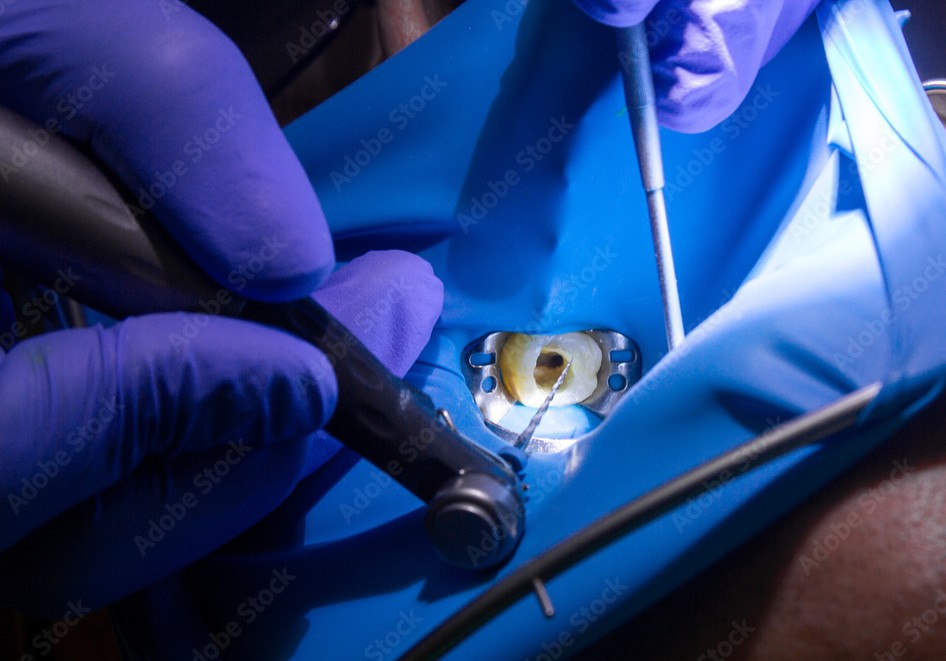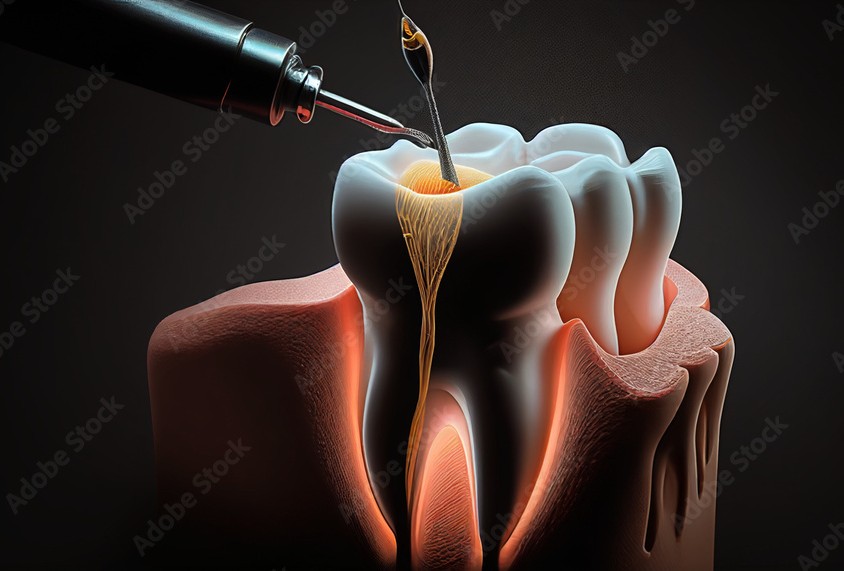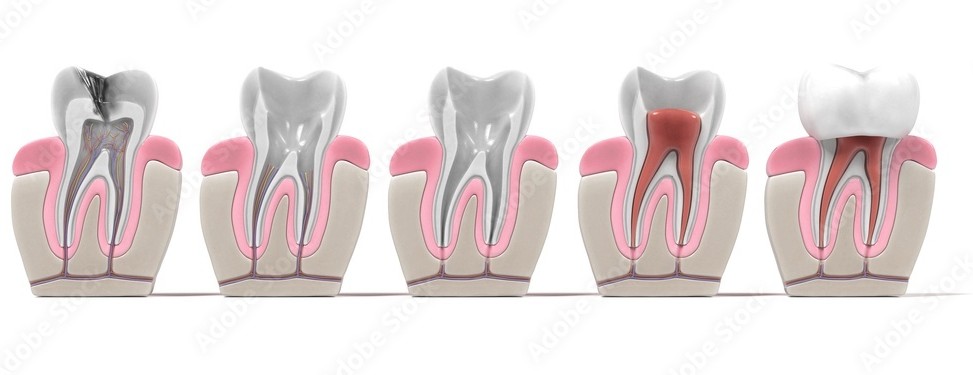Root Canal Treatment



Understanding Root Canals: Saving Your Smile with Modern Dentistry
Have you ever heard someone say they’d rather have a root canal than deal with [insert unpleasant situation]? Despite this saying, root canals are actually a routine dental procedure designed to save your tooth, not extract it. If you’re experiencing tooth pain, understanding root canals can empower you to make informed decisions about your oral health.
What Exactly is a Root Canal?
The inner part of your tooth, beneath the enamel and dentin, is called the pulp. This pulp contains nerves, blood vessels, and connective tissue. When the pulp becomes infected or inflamed, due to deep decay, cracks, or trauma, it can cause significant pain and discomfort.
A root canal treatment addresses this issue by:
- Removing the infected pulp: This eliminates the source of pain and prevents further infection.
- Cleaning and disinfecting the inside of the tooth: This ensures all bacteria are removed to prevent reinfection.
- Sealing the tooth: This protects the treated area and prevents future problems.
By following these steps, a root canal essentially “reboots” your tooth, allowing you to keep your natural tooth structure.
How Does a Root Canal Work?
A root canal is typically an outpatient procedure performed in one or two visits, depending on the complexity of the case. Here’s a simplified breakdown of the process:
- Examination and X-rays: The dentist will first examine your tooth and take X-rays to assess the extent of the damage.
- Anesthesia: Local anesthesia numbs the area around the tooth for a pain-free procedure. For patients with dental anxiety, sedation options might be available.
- Isolating the Tooth: A dental dam, a rubber sheet, is placed to isolate the tooth and keep the treatment area clean.
- Accessing the Pulp: A small opening is created in the tooth’s crown to access the pulp chamber and root canals.
- Removing the Pulp: Using tiny instruments, the dentist carefully removes the infected pulp tissue.
- Cleaning and Shaping: The inner canals are meticulously cleaned and disinfected to eliminate any remaining bacteria. The canals are also shaped to allow for proper filling.
- Filling the Canals: The dentist fills the cleaned canals with a special material to seal them and prevent future infection.
- Temporary Restoration: A temporary filling is placed on the tooth to protect it until your next appointment.
- Permanent Restoration: During your follow-up visit, the dentist will place a permanent crown or filling on the tooth to restore its full functionality and aesthetics.
Advantages of Root Canal Treatment
While the idea of dental work might not be the most appealing, root canal treatment offers significant benefits:
- Pain Relief: By removing the infected tissue, root canals effectively eliminate the source of your toothache and restore comfort.
- Saves Your Tooth: This procedure allows you to keep your natural tooth structure, which is crucial for proper chewing, biting, and speech. Natural teeth are also aesthetically pleasing and contribute to a healthy smile.
- Prevents Further Infection: Root canal treatment addresses the infection at its source and seals the tooth to prevent the spread of bacteria to surrounding teeth and bone.
- Improved Oral Health: Preserving your natural teeth is essential for maintaining good overall oral health.
Next Steps
If you’re experiencing tooth pain or suspect you might have an infected tooth, consulting your dentist is crucial. Early diagnosis and treatment can minimize discomfort and ensure a successful outcome. Remember, a root canal can be your path to a pain-free and healthy smile.
Contact Us
Send Us an Email
Monday: 9:00 am-9:00 pm
Tuesday: 9:00 am-9:00 pm
Wednesday: 9:00 am-9:00 pm
Thursday: 9:00 am-9:00 pm
Friday: 9:00 am-9:00 pm
Saturday: 9:00 am-9:00 pm
Sunday: 9:00 am-9:00 pm


